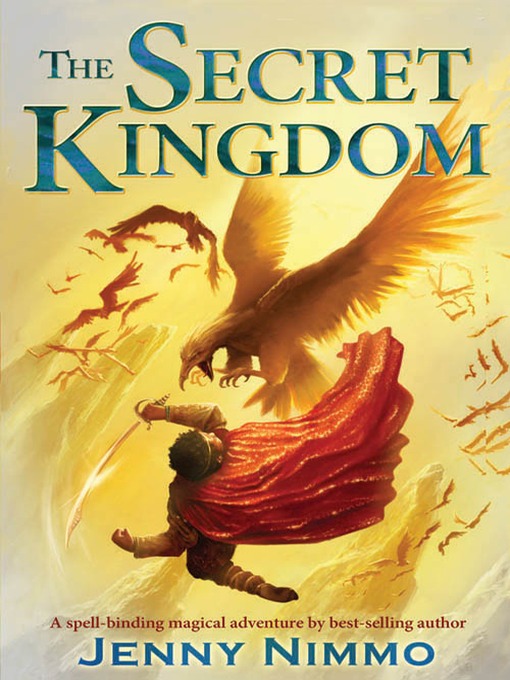I won’t even try to be unbiased here. Bruce Penniman, the author of Building the English Classroom: Foundations, Support, Success, is not only a colleague (and past director) in the Western Massachusetts Writing Project but he is also a former college instructor of mine, a writing partner for a National Writing Project resource, and a friend. But those connections won’t stop me from saying that Bruce’s book (which I notice is currently sold out on Amazon, which says something about the book’s appeal) about constructing a rich, diverse and challenging English classroom is a wonderful resource worth reading.
Early on in the book, Bruce, a former Massachusetts Teacher of the Year, among other accolades, explains the rationale for the book:
“Teaching English is challenging in part because it is many subjects in one — traditionally, writing, literature, public speaking, and grammar, but now all of those plus media literacy, computer technology, social justice, and much more … The job of organizing those demands can be overwhelming, especially to a teacher still developing a repertoire of management strategies.” (p. x1)
In engaging prose peppered with personal anecdotes from the classroom, Bruce distills his 40 years in the classroom into practice advice around curriculum development and assessment in the era of standardized testing while keeping his focus on for main themes that all of us teachers would do well to heed as a sort of professional motto:
- Collaborate
- Plan
- Reflect
- Believe
Building the English Classroom is structured around how to plan, teach and assess a wide range of writing and reading activities, using the Backwards Design model, and he puts a strong push later on in the book around opening the door to multicultural voices and authentic writing for students. Along with the traditional essay, Bruce has always been ready to provide a range of writing assignments that can demonstrate student knowledge beyond the five-paragraph model. While Bruce’s experience is in the high school (and now at the university level), the book can be of use to middle school teachers, too.
Of great value in here for anyone, however, are the many charts and graphs and samples that Bruce provides to the reader.
When I was a first year teacher, I took a graduate course through the Western Massachusetts Writing Project with Bruce as one of the co-instructors, and to this day, I keep his concept of “stakes writing” handy in my mind, and in my desk. Bruce thoughtfully lays out the ways that some writing is personal for the student (low stakes), some of the teacher and the classroom community (mid stakes), and some for the world itself (high stakes). In each of those tiers, there are a variety of expectations of the writer. This kind of thinking opened a lot of possibilities for me, which I continue to use to this day.
Peace (in the classroom),
Kevin
PS — You can sample some of the book at the NCTE book website.

















